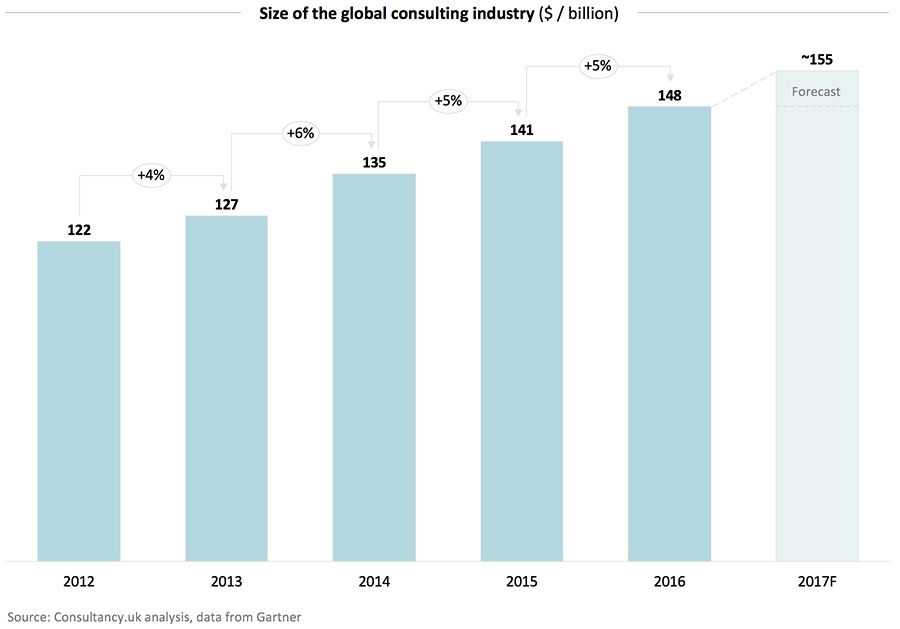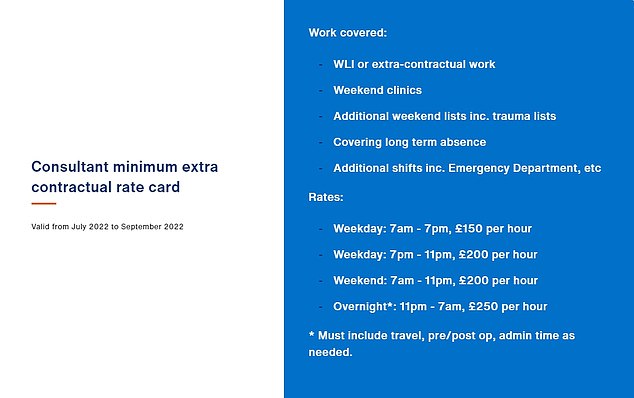
There are several types of structure that a company may choose to use. There are three basic types: hierarchical, functional, and matrix. These structures may prove useful depending upon the organization's goals. These structures can help companies determine what areas they should be focusing on and what to do next. The company's structure can also be used to help determine how it will allocate its resources.
Functional structure
A functional structure can be a great way of organizing a company. This structure allows employees to focus on their specific areas of expertise. Because employees are more able to collaborate and take risks, it can create a more productive environment. This is the most popular organizational structure. It allows employees to focus on their areas and collaborate with other people in similar positions. It can be scaled so it works for any company. It has its own problems.
A functional structure offers the best benefits, as it creates a stable environment for employees with defined job responsibilities. This structure promotes efficiency and stability within the organization. Many large companies have adopted this structure as it allows departments to work independently and avoids bottlenecks within their company. In addition to these benefits, it taps into employees' strengths, since they are working on projects within their area of expertise.
Hierarchical structure
A hierarchical structure refers to the organization of a company. This allows management to run the business in a controlled fashion. Managers report to the managers who are responsible for managing different departments. They also manage daily operations. It also allows the senior managers to promote people from lower positions when necessary. As a company grows, the hierarchy can become more complex.

Most companies have a pyramid-like structure. This has a small top team, many workers at the base, and a variety of levels in between. Modern workers are becoming dissatisfied in their hierarchy. Many companies are now trying to reformulate their hierarchies. One top software company's employee handbook dispenses with managers and favors teams of employees.
Matrix structure
A matrix structure is a company's organizational setup that is divided into different units and reporting relationships. This type of company structure is ideal for companies that have high growth potential and need to quickly produce new products or services. However, it can lead to problems when it comes to managing existing units and creating priorities.
It is important that managers in a matrix organization communicate effectively with each other. They will be able set clear expectations for their employees. If there are disagreements, it is possible to help them get along. A project manager might see execution as his responsibility while a product manager, customer success manager, or project manager could see it as theirs. You need to find the balance between these responsibilities to ensure that your team is able achieve your company’s objectives. To do this, train your managers to use the matrix structure.
Multidivisional structure
A multidivisional corporate structure can allow a company diversify and increase its profitability while minimizing the risk of concentration. Companies that operate several separate businesses will profit from the combined success of each. Companies that manage multiple businesses will reap the benefits of their combined success.
Multidivisional corporate structures are common in large companies that have many business units. The leadership team of these companies is usually organized based on products, subsidiaries, or projects. Johnson & Johnson, a global corporation, has thousands of product departments, each of which is a separate entity. Sometimes the divisions even have a geographical designation. For instance, a multinational corporation may have a North America-specific division and one for Europe.

Structure of Holacracy
Holacracy, in addition to improving organizational agility, can make companies more resilient and adaptable to changes. The structure is based upon principles of cooperation and self-organization. This allows the organization to make the most of both challenges and opportunities. The structure removes the need of heroic managers. Members can discuss ongoing appointments and make informed choices.
Each person in a Holacracy is responsible for making decisions that affect people and resources. The person taking these decisions must be able fill their circle with people and find resources to support the project. This structure has come under fire from some organizations. Steve Denning addressed some of the common misconceptions in a Forbes article. Oliver Compagne responded to Denning's assertion that there aren't as many differences between the two structures.
FAQ
How do I become successful as a consultant?
Find an area that you are passionate about. Next, you need to establish relationships. You need to know what clients want and how they operate. You must also deliver results.
Although you don't have the ability to do everything perfectly, you must be better than anyone else. You must also have passion for your work. It is not enough to simply say, "I want to become a consultant." You must really believe in yourself and what you're doing.
Why hire consultants?
There are many reasons why you might need to hire consultants:
-
An organization might have a particular problem or project that requires solving
-
You would like to improve your skills or learn new things
-
It is important to work with an expert on a subject area
-
You have no other choice but to do the job.
-
You feel overwhelmed by all the information and don’t know where to begin.
-
You cannot afford to pay someone fulltime
You can find good consultants by word of mouth. Ask your network if they are aware of any credible consultants. Ask someone you know who is a consultant for his/her recommendations.
Use the "Search People" function to search for consultants in your region if you are interested in using online directories like LinkedIn.
Can anyone be a consultant?
A consultant is someone who assists you in achieving your goals by offering advice and suggestions on how to achieve it faster, cheaper, and so forth.
A consultant may help you solve problems, make decisions, or negotiate with others.
Consultants are often hired to help with specific tasks and projects.
In reality, consultants are generally paid hourly or daily rates and not per project.
Statistics
- WHY choose me: Why your ideal client should choose you (ex: 10 years of experience and 6-week program has helped over 20 clients boost their sales by an average of 33% in 6 months). (consultingsuccess.com)
- Over 62% of consultants were dissatisfied with their former jobs before starting their consulting business. (consultingsuccess.com)
- So, if you help your clients increase their sales by 33%, then use a word like “revolution” instead of “increase.” (consultingsuccess.com)
- According to IBISWorld, revenues in the consulting industry will exceed $261 billion in 2020. (nerdwallet.com)
- "From there, I told them my rates were going up 25%, this is the new hourly rate, and every single one of them said 'done, fine.' (nerdwallet.com)
External Links
How To
What does a typical consultant's day look like?
Your work type will determine the length of your day. But, in general, you will spend your time researching, planning and meeting new clients.
You will often have meetings where you discuss issues and problems with clients. These meetings can be held over the telephone, online or face-to face.
Also, proposals are documents that outline your ideas or plans for clients. You will need to discuss these proposals with a mentor or colleague before you present them to clients.
After all the preparation, you'll need to start creating content. For example, you could be writing articles, designing websites, creating videos, editing photos, or conducting interviews.
You may need to conduct research depending on the scope of your project to find relevant statistics and figures. You might need to determine how many customers you have, and whether they buy more than one product.
Once you have all the information needed, it is time for clients to see your findings. Your findings can be presented orally or written.
Finally, you must follow up with clients after the initial consultation. For example, you could call your clients periodically to check how things are going. Or send them emails asking them to confirm they have received the proposal.
While this can be a slow process, it's essential to remain focused and maintain good working relationships with clients.